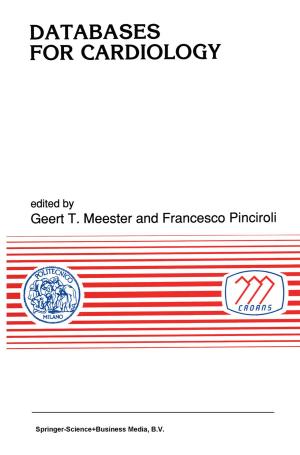The Evolution of Global Paper Industry 1800¬–2050
A Comparative Analysis
Nonfiction, Science & Nature, Technology, Agriculture & Animal Husbandry, History| Author: | ISBN: | 9789400754317 | |
| Publisher: | Springer Netherlands | Publication: | December 22, 2012 |
| Imprint: | Springer | Language: | English |
| Author: | |
| ISBN: | 9789400754317 |
| Publisher: | Springer Netherlands |
| Publication: | December 22, 2012 |
| Imprint: | Springer |
| Language: | English |
This book presents an historical analysis of the global paper industry evolution from a comparative perspective. At the centre are 16 producing countries (Finland, Sweden, Norway, the USA, Germany, Canada, Japan, the UK, the Netherlands, Italy, Spain, Portugal, Chile, Brazil, Uruguay and Russia). A comparative study of the paper industry evolution can achieve the following important research objectives. First, we can identify the country specific historical features of paper industry evolution and compare them to the general business trends explicable by existing theoretical knowledge. Second, we can identify and isolate the factors causing both the rise and fall of industrial populations. Third, a shared research agenda can produce an intensive analysis of global industry dynamics. Finally, an extended research period of 250 years can identify what is truly unique in the paper industry evolution and the extent to which it took the same path as other important manufacturing industries.
This book presents an historical analysis of the global paper industry evolution from a comparative perspective. At the centre are 16 producing countries (Finland, Sweden, Norway, the USA, Germany, Canada, Japan, the UK, the Netherlands, Italy, Spain, Portugal, Chile, Brazil, Uruguay and Russia). A comparative study of the paper industry evolution can achieve the following important research objectives. First, we can identify the country specific historical features of paper industry evolution and compare them to the general business trends explicable by existing theoretical knowledge. Second, we can identify and isolate the factors causing both the rise and fall of industrial populations. Third, a shared research agenda can produce an intensive analysis of global industry dynamics. Finally, an extended research period of 250 years can identify what is truly unique in the paper industry evolution and the extent to which it took the same path as other important manufacturing industries.















